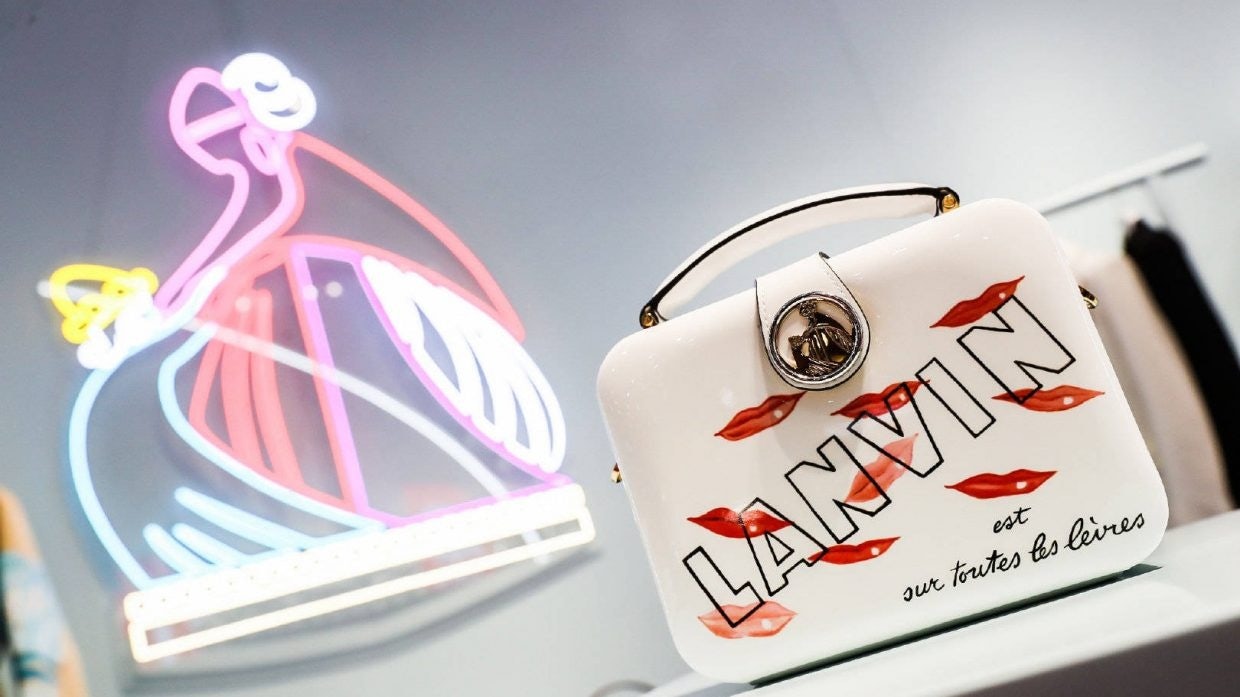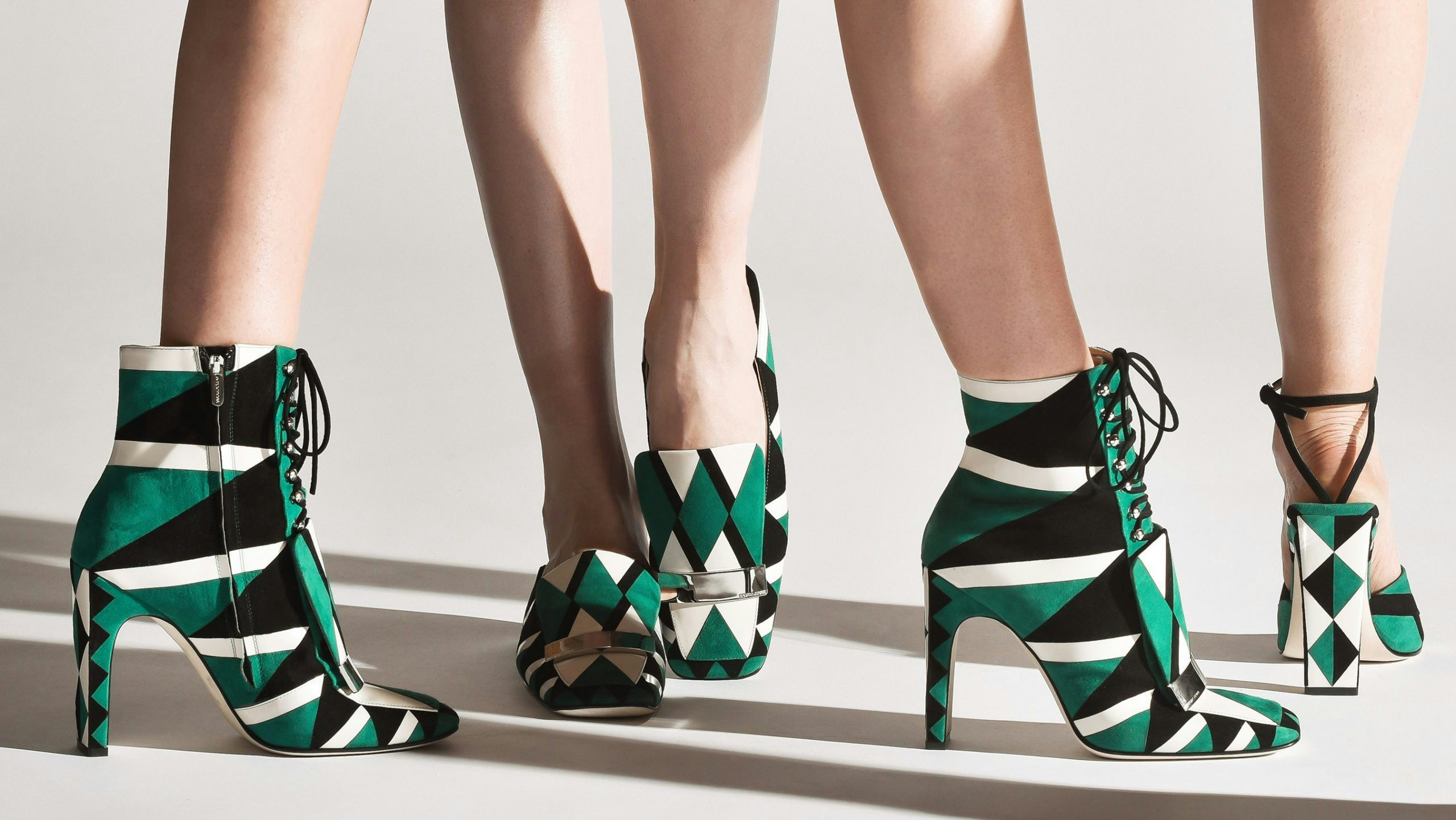What happened
Fosun Fashion Group has rebranded and will now go by Lanvin Group. Alongside the luxury house Lanvin, the Shanghai group also currently controls Italian luxury shoemaker Sergio Rossi, Austrian underwear label Wolford, American womenswear company St. John Knits, and tailor Caruso. The announcement included the acquisitions of two new investors: Japanese trading conglomerate ITOCHU Corporation and luxury footwear manufacturer, Stella International. This latest capital round sees Lanvin Group's total amount raised to approximately 300 million. It was established in 2017 by the conglomerate Fosun International Limited.
The Jing Take
As the world changed amid the pandemic, the demand for luxury goods has held firm or even escalated. And with Chinese shoppers making up the largest segment of luxury consumers worldwide, it makes economic sense for the mainland’s conglomerates to double down on the sector. Both Lanvin Group and its main rival, Shandong Ruyi, have both eyed the title of the LVMH of China for a number of years. Reaching that goal would be the ultimate accolade.
When it comes to fashion, Fosun has failed to replicate the successes it has had in other sectors such as real estate and pharmaceuticals. It’s rebranding has to date received mixed reactions, with some advising against putting all their eggs in one basket. However, the move undoubtedly indicates its ambition to build a global portfolio of iconic luxury fashion brands. Lanvin Group sounds international while 复星 or Fosun is undeniably Chinese. Conversely, in China, the rebrand that sees its trade even more explicitly on the 132-year legacy forged by Jeanne Lanvin’s name also plays on words too: lan vin echoes the LV of Louis Vuitton or the LVMH group. (And only time will tell how “Lanvin the brand” which aims to be profitable by 2023 will fare in all of this.)
Although China has (admittedly new) luxury labels and designers, local groups have opted to acquire established European labels as a way of leveraging years of heritage and credibility. Shandong Ruyi continues to struggle and its recent default shows that luxury fashion is costly; success can’t necessarily be bought. The added expertise of Lanvin’s new investors to boost its global supply chain and distribution capabilities shows sound judgement. However, it’s not about mincing global luxury, but appreciating the nuance of creating a "Chinese" luxury group and the implications this will have on global consumerism.
The Jing Take reports on a piece of the leading news and presents our editorial team’s analysis of the key implications for the luxury industry. In the recurring column, we analyze everything from product drops and mergers to heated debate sprouting on Chinese social media.

